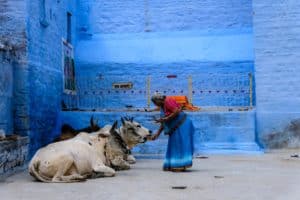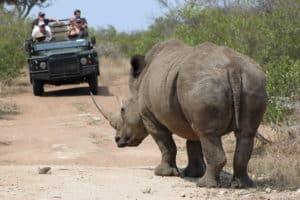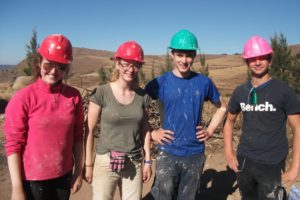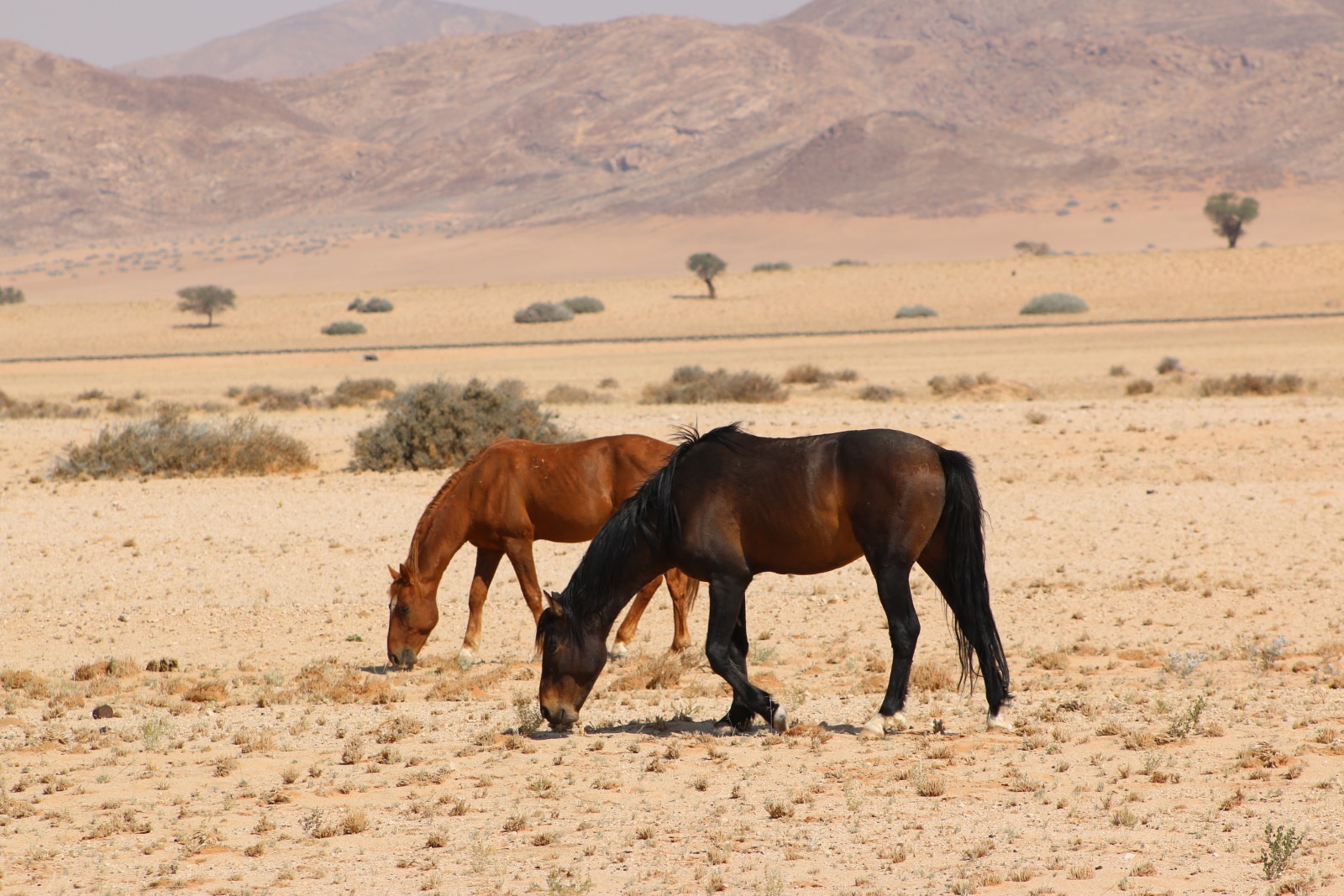Namibia’s Wild horses were not usually found because the hot climate doesn’t suit them. Soaring temperatures and scarce food makes it difficult for horses to survive. Despite this, wild horses have flourished in southern Namibia. But where did they come from? And why did they chose to settle in the Namib Desert?
Different theories regarding the origin of Namibia’s wild horses exist. We know that they’re descended from escaped domestic horses, but how did they end up in the desert?
Where did Namibia’s Wild Horses Come From?
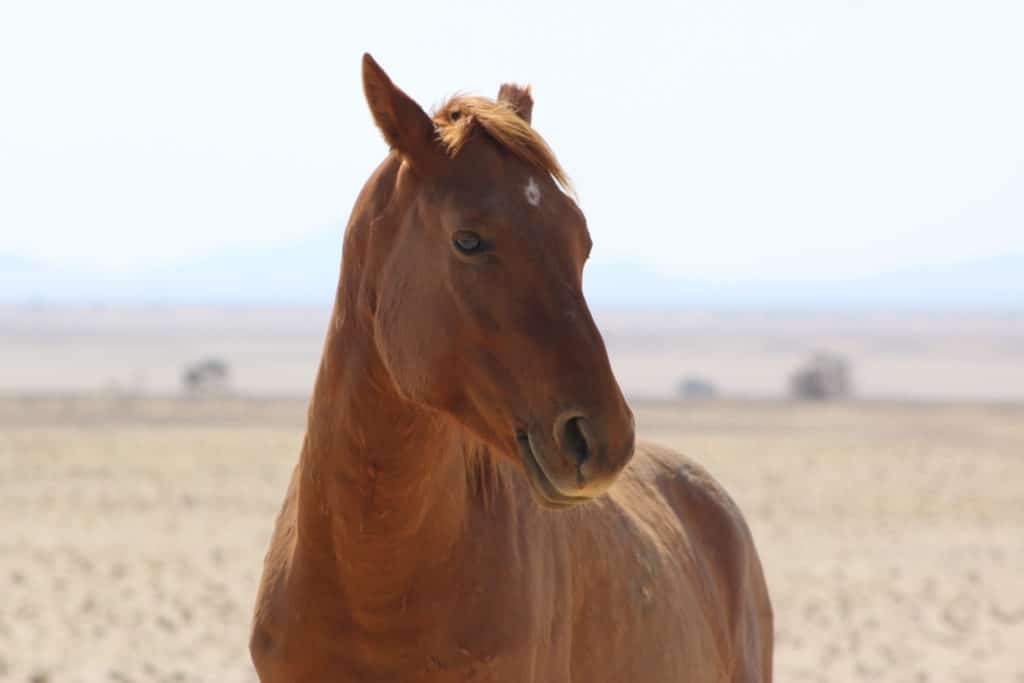
There are four leading theories for the origin of Namibia’s wild horses:
- Domestic horses were bred by Captain Hansheinrich von Wolf at Duwisib castle and Emil Kremplin at Kubub in the early 20th century. Both men were based about 250 km north-east of where the feral horses reside today. It’s possible that some of their horses escaped, and their descendants are the wild horses we know today. The present-day stud horses of the breeding farm at Duwisib and Kubub have many resemblances to the feral horses, and it’s very possible they’re related.
- In the late 19th century, a German baron became stranded on the Namibian coast with a ship load of horses and other animals. The wild horses in the Namib could have originated from these beasts.
- They could be from some of the 6,000 horses in the South African army during the First World War. A German air force lieutenant dropped a bomb into the enemy’s camp, and about 1,700 of the horses fled into the desert. Maybe these are army horses?
- Horses were also used during WW1 by the German colonial army – known as the “Schutztruppe”. These horses may have been let loose or went astray during the German retreat from southern Africa in 1915.
How did the horses survive?
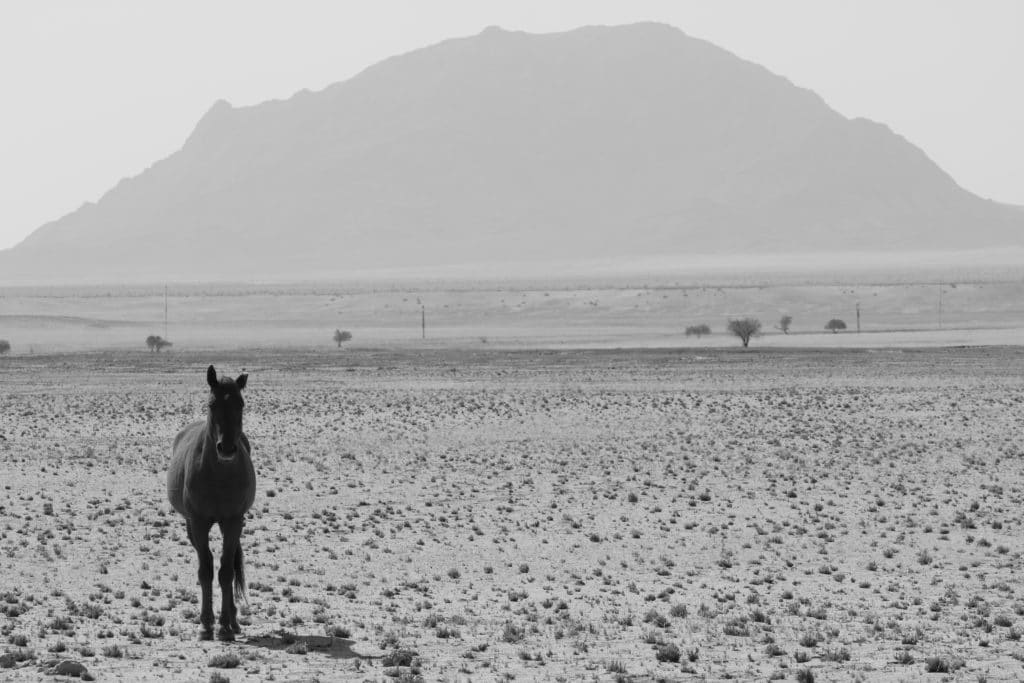
The horses got most of their water from a borehole at Garub, which was dug to supply the nearby railway line with water. Today, Garub remains a hotspot for namibian wild horses.
The horses also benefited greatly from the discovery of diamonds in Namibia. The first diamond was discovered in 1908, and the threat of thieves resulted in the creation of huge Restricted Diamond Areas. Hunters and horse traders were unable to enter the area, protecting the feral horses from hunting. This gave the feral horses over 80 years to adapt to the harsh environment and to live undisturbed. Today, there is a flourishing population of 250 – 300 animals which can be seen by anyone exploring the Namib desert.
